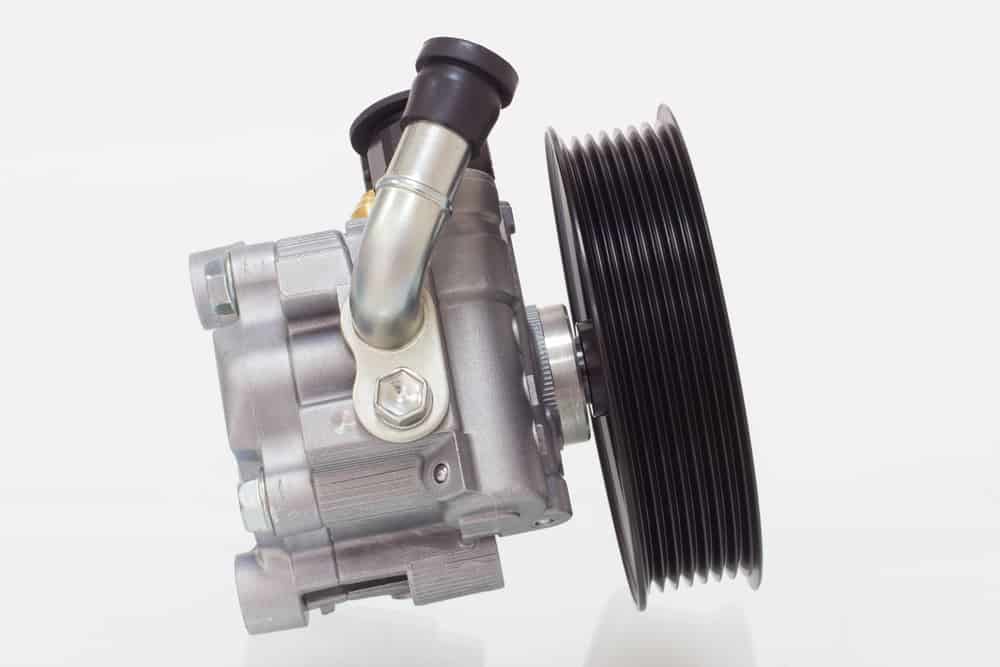
Have you seen a spillage underneath your car that you know is not oil? Is your car growling like a big cat when you turn the steering wheel? If so, then the likely culprit could be your power steering pump. Like all parts in the engine this pump is prone to fatigue, with the gaskets and seals around the unit generally failing first. Although some hardened mechanics will argue that it is possible to rebuild the unit, it is generally best replaced with a new or second hand part. This is a moderately difficult procedure that you should expect to take around four hours.
1. Finding the Power Steering Pump
The first thing is to locate the power steering pump. In older cars this is often accessible without removing any other parts, whilst in new vehicles you may have to check your owner’s manual to assess its location. The most common location is at the back of the engine between the firewall and the actual engine block.
2. Disconnection
Your next step is to flush the power steering system in order to fill the rack with fresh fluid ready for the new pump. Simply place a pan under the pump and disconnect the feed and return lines and collect the fluid. Then remove the negative battery cable and check there are no other connections. For instance, in newer vehicles there may be a fluid level sensor.
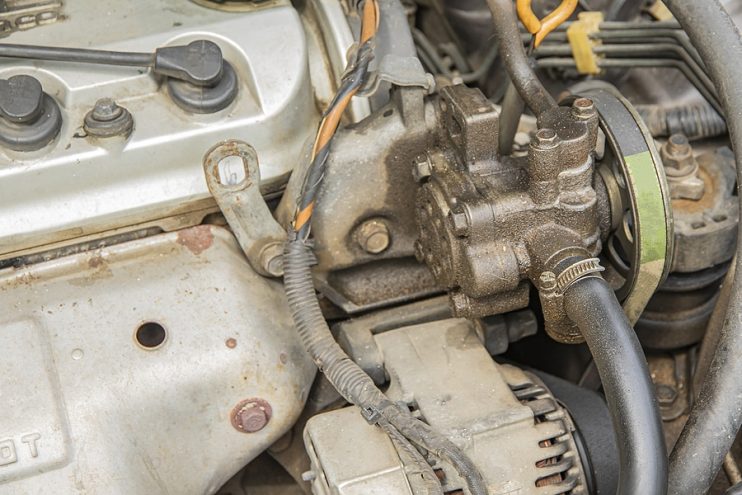
3. Take Off the Pulley
This is perhaps the trickiest part of the job – removing the power steering pulley may require you to use specific tools including flare-nut wrenches to ease the pulley off the pulley shaft as well as a tensioner that needs to be disengaged. After removing the pulley, check its condition. If it is soaked in fluid or degraded then it is worth replacing it at the same time as the pump.
4. Remove the Power Steering Pump
The power steering pump should be held in place via a number of mounting bolts and brackets. Simply remove these with a ratchet and gently ease the pump out of its seating. When the pump is fully clear of your vehicle this is the ideal time to check the feed and return pipes. You’re looking for kinks, breaks or wear in the pipe that could be causing additional problems and leaks within your engine.
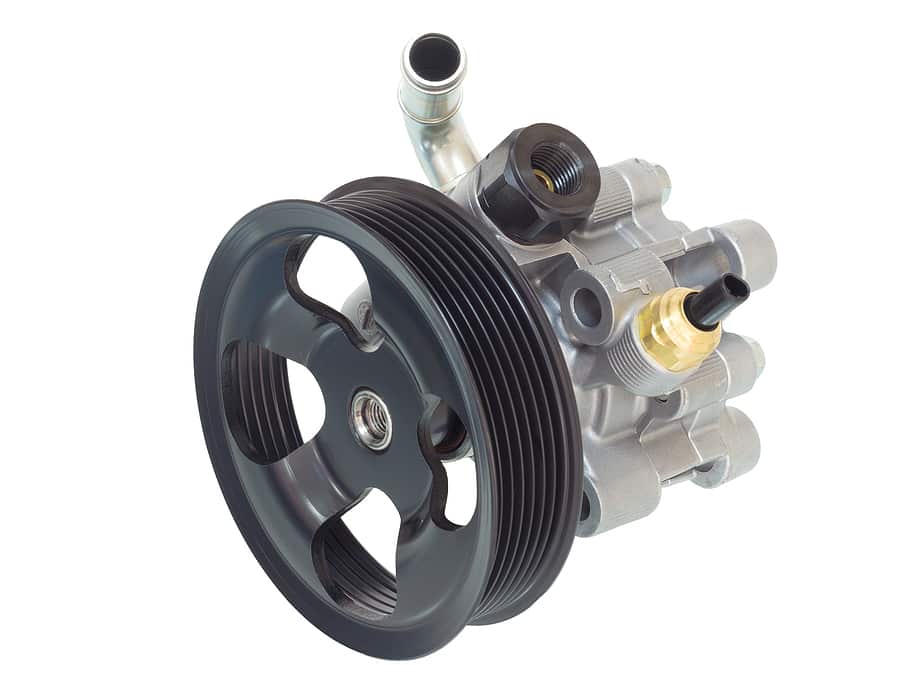
5. Reconnection
Check the new power steering pump has the same mounting holes and points as the old unit, and if it matches proceed with the installation process. Simply work backwards, putting the pump into its seating and reattaching the mounting brackets and bolts, making sure that these are sufficiently tight. Finally reattach the pipes and use the tensioner to stretch the pulley into place.
6. Final Steps
Flush the pump with a couple of pints of power steering fluid to ensure that the part is completely free from any build-up of dust or dirt that could have settled inside it during storage. Following this reattach the remainder of the cables and pipes and the part should be ready to go.
Following the successful installation of the replacement power steering pump take the car for a test drive. This is the perfect time to pay attention to the way the car is handling to pick up any faults with the new or second hand pump. Again, you’re looking for a stiff and unresponsive feeling to the cars steering, where it seems to take extra effort to turn the wheel. If there is no improvement then the chances you have been sold a non-working or faulty part.

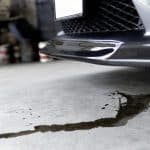

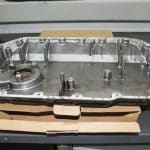



.png)